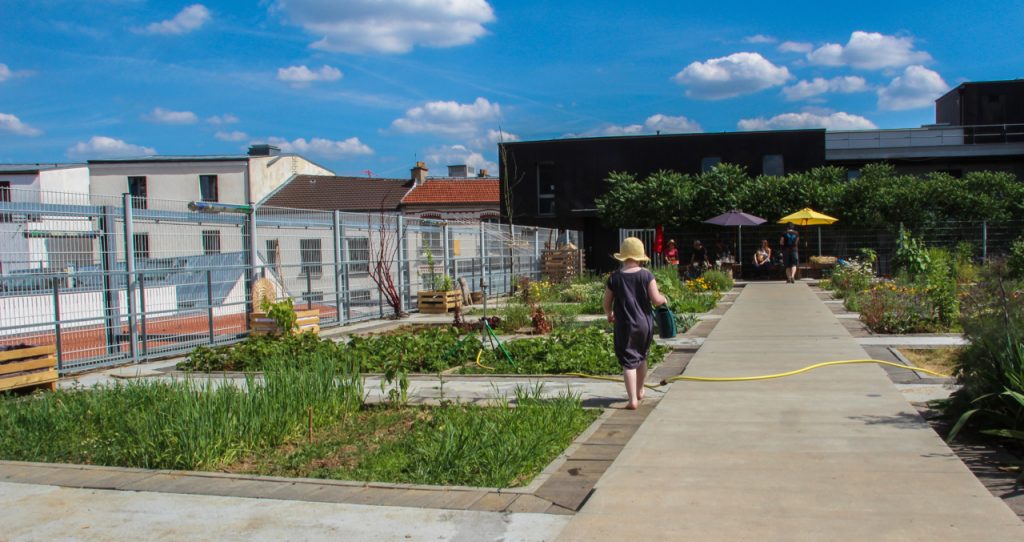What is the real impact of green roofing in Paris? To answer this question, the Regional Agency for Biodiversity (ARB), with the Ile-de-France Institute of Planning and Development, launched a study in 2017. Over a period three months, about 30 green roofs were monitored. Importantly, all the roofs, in question, were in the dense urban core of the city. “Grooves” (Green Roofs Verified Ecosystem Services) – as the research is called – will be made public this week.

Paris | Green roof target
Paris has set an ambitious target to deliver green roofs and this aspiration is becoming a reality. Set in 2016, the goal of a 100ha of green roofs and walls by 2020 now stands at 76ha. With the city suffering scorching temperatures over the summer, the need to deliver green roofs and other green spaces in the city has become even more acute. As is the case for many cities in Europe.
Grooves | Impact of green roofs study
Marc Barra, one of the ecologist, says the purpose of the study was multi-layered. “We wanted to measure the effects on biodiversity. However, we also wanted to understand the quality of the other services. These include benefits such as carbon storage and water retention,” says Barra. Twelve of the roofs, for example, had a carbon density equivalent to temperate soils. The study will continue for another year in order to fully understand how green roofs help in cooling the city. This is vital in a city that is increasingly suffering from the negative impacts of the urban heat island effect. This will be an important addition to the study.
Biodiversity on green roofs | New discoveries
All three types of green roofs were studied: extensive, semi-intensive and intensive. There was a particular focus on how the roofs worked for biodiversity. More than 268 species of plants and mosses were identified during the study. More than 70% of the flora appears to have arrive spontaneously. More over it is Mediterranean in character. This type of vegetation also helps support a significant number of invertebrates. Of the 303 species of invertebrates recorded, the presence of locusts flourishing on the green roofs was quite a surprise. Finally, the discovery of a snail species, which was new to the region, provided icing on the ecological cake.
The impact of green roof research also threw up another surprise: the amount of water stored on the green roofs. Sixteen of the roofs studied were able to retain the equivalent of a 10-year rain event.
The impact of green roofs? | A healthier greener Paris
A key byproduct of the research was not just establishing how important green roofs are for cities; Barra hopes that the research will be used in the future to “design green roofs on a case-by-case basis, depending on the urban environment”. A diverse range of approaches is needed as opposed to one-size-fits-all solution.
Importantly, this is about the design of green roofs. “We cannot just say that we need to green the city, he added. We must decide how we do it.”
And what will be the long-term impact of green roofs? Surely a Paris that is greener, healthier and more climate resilient.
Original source in French here